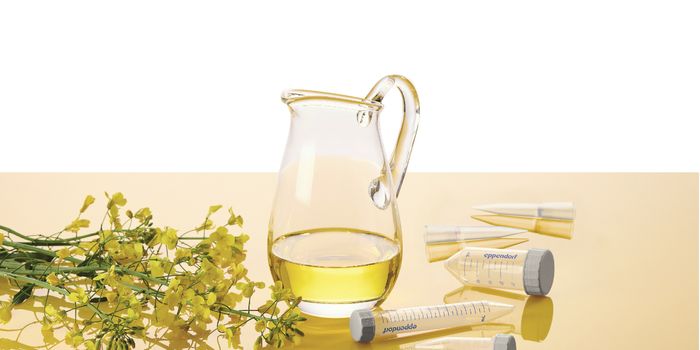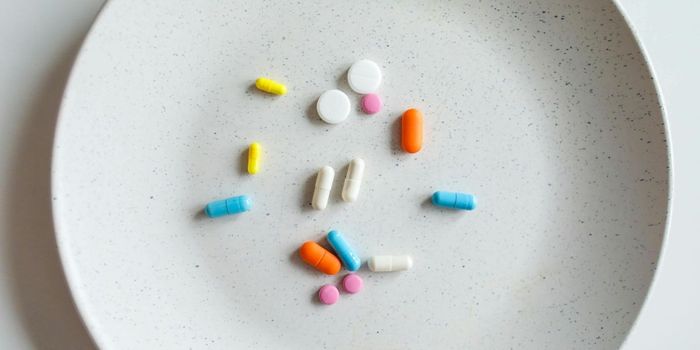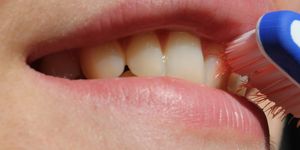A new class of drugs to potentially stop the spread of malaria
According to the World Health Organization (WHO), malaria is an illness caused by Plasmodium parasites which are spread through mosquito bites. Symptoms of malaria typically appear 10-15 days after the original mosquito bite and, if left untreated, can progress to severe infection and death within a 24-hour time frame.1 Symptoms of malaria include fever, headache, fatigue, nausea, vomiting, diarrhea, muscle pain, chills, and more.
The WHO’s world malaria report noted a high disease burden with malaria; globally, there were 247 million malaria cases in 2021, with 619,000 of those cases resulting in death.2 There are several classifications of malaria based on the specific type of parasite that bit the patient, ranging from P. falciparum, P. vivax, P. ovale, and more. The United States Center for Disease Control and Prevention has various tiers of treatment based on the organism and severity. 1,3
The current issues we are facing in the treatment of malaria is that mosquitos are evolving to become resistant to our various antimalarial drugs, resulting in a rapid spread of malaria. The Baum laboratory at the Imperial College of London is conducting important research about treating malaria patients while preventing the spread of the devastating disease.
Using traditional drug discovery and developmental processes, they were able to identify a target, study the structure-activity relationship of the drug, design and synthesize the drug, determine and validate their targets, and develop their mechanism of action. In this case, they discovered the sexual-transmission blocking compounds (sexual transmission of malaria is responsible for human to mosquito transmission), determined downstream targets and narrowed it down to 6 potential cellular targets, validated the cellular target through photoaffinity labeling, and then confirmed that their compound blocks sexual conversion in a 6-minute window. 4
Check out this video to understand the transmission of malaria:
Their compound, DDD01035881, contains a sulphonamide moiety in its chemical structure (N-[(4-hydroxychroman-4-yl)methyl]-sulphonamide (N-4HCS)), hence the name of the class of drugs. Future steps would include developing an official antimalarial drug, which would be such a great find for a devastating disease.
References
1 https://www.who.int/news-room/fact-sheets/detail/malaria
2 https://www.who.int/publications/i/item/9789240064898
3 https://www.cdc.gov/malaria/resources/pdf/Malaria_Treatment_Table_202208.pdf
4 Sabrina Yahiya, Charlie N. Saunders, Sarah Hassan, Ursula Straschil, Oliver J. Fischer, Ainoa Rueda-Zubiaurre, Silvia Haase, Gema Vizcay-Barrena, Mufuliat Toyin Famodimu, Sarah Jordan, Michael J. Delves, Edward W. Tate, Anna Barnard, Matthew J. Fuchter, Jake Baum; A novel class of sulphonamides potently block malaria transmission by targeting a Plasmodium vacuole membrane protein. Dis Model Mech 1 February 2023; 16 (2): dmm049950. doi: https://doi.org/10.1242/dmm.049950








